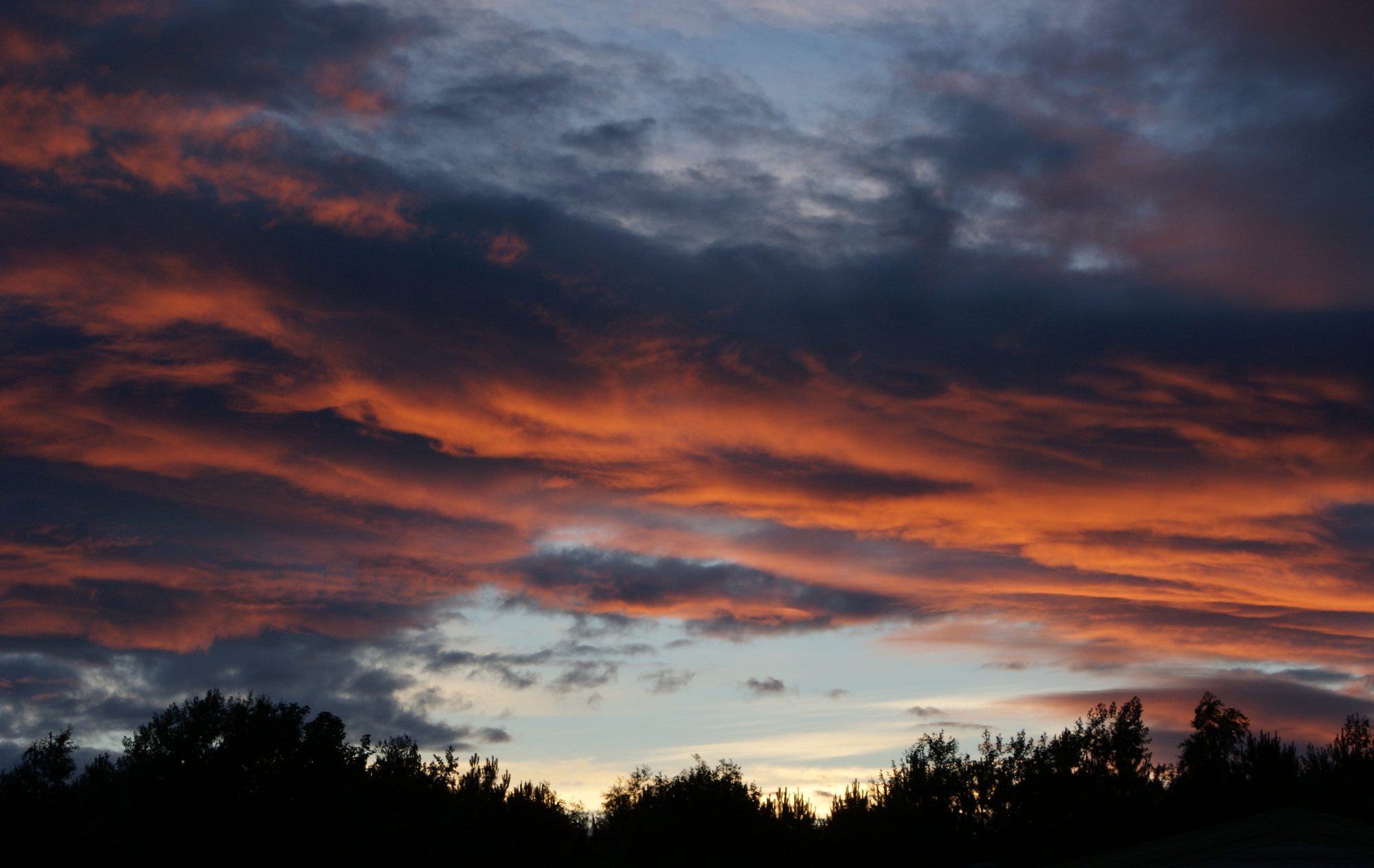On Wednesday, I had a nice day out from work to go to a Think U Know training course in Cardiff. Think U Know is a website run by The Child Exploitation and Online Protection Centre (CEOP) which has information for children aged 5 – 7, 8 – 10 & 11 – 16 on how to stay safe on the internet etc. It also has information for parents and resources for ‘educators’ (not just teachers, but youth workers etc.) to train to young people.
The course I went on means I can now use their resources to train young people on internet safety and I will be doing so soon at work. There is a further course which I am going to take, that will enable me to train other adults to be able to do the training as well.
One of the things CEOP does is to provide a button that can be put onto a website, so that if a young person has a problem, they can click it and report the problem. This button is on the Scout Association’s site and now my Group’s site. Many schools have it on their websites and it’s even available as an add on to various browsers, in MSN Messenger and Facebook. The button is below.
For those of you in not in the UK, there is the Virtual Global Taskforce, of which CEOP is a part, which has a similar reporting mechanism and resources available.
With the resources available, whether you’ve received the training or not, it means that young people, parents, teachers, Scout Leaders etc. can be aware of the dangers on the internet and how to avoid them. I’d advise anyone who is a parent or is an ‘educator’ of any kind to take a look. The stuff on Think U Know would be useful to people in other countries as well.
I am looking at putting something together for the Scouts in our Troop at some point in the near future, so when I have, I’ll post about it.

